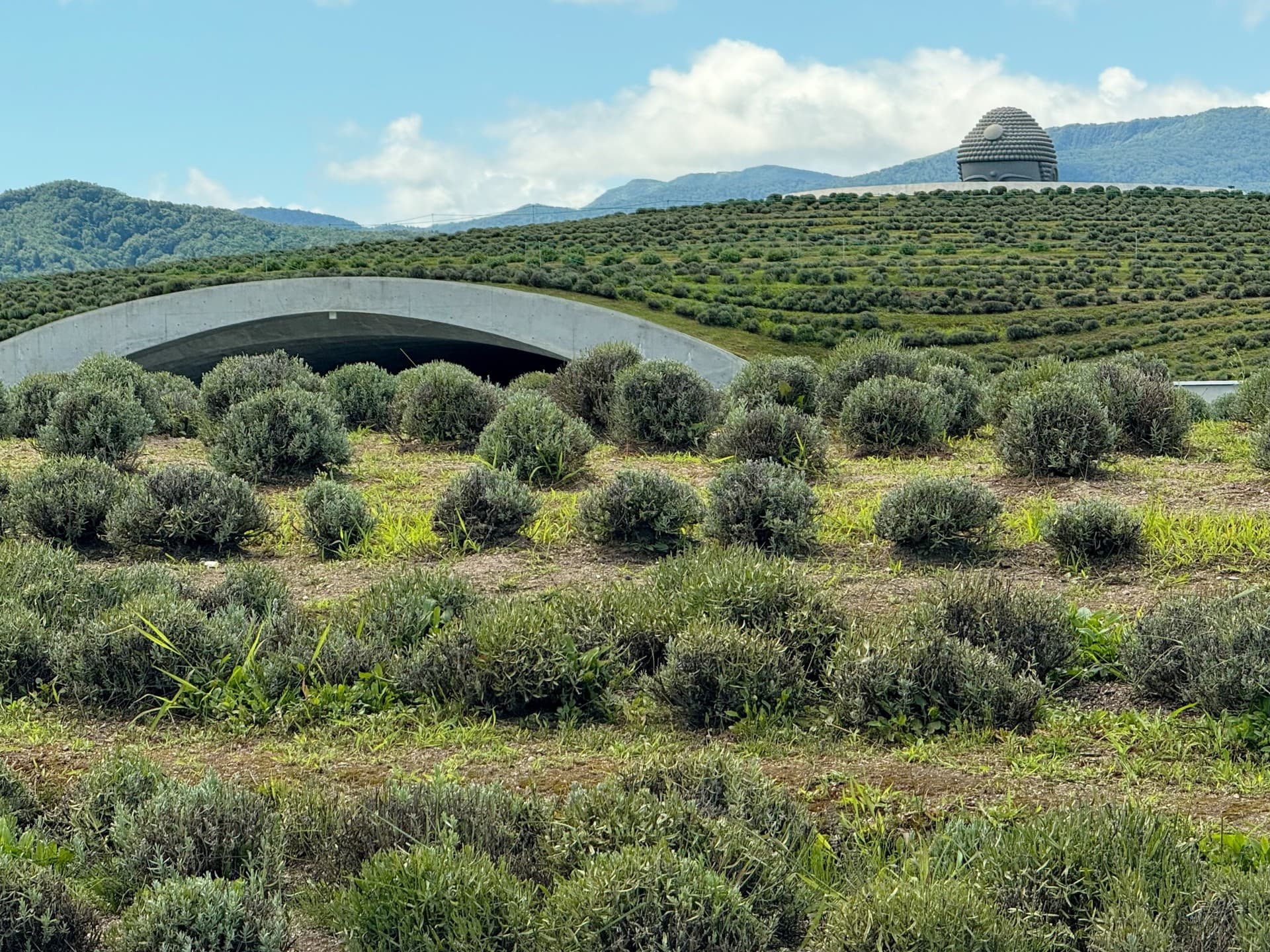The Cave of Good Luck at the Seiryuji Fudoin Temple
If you seek good fortune, you must first go through this cave full of foxes.
We are in front of an entrance to a dark cave.
On a level from 1 to 10, how scared are you?
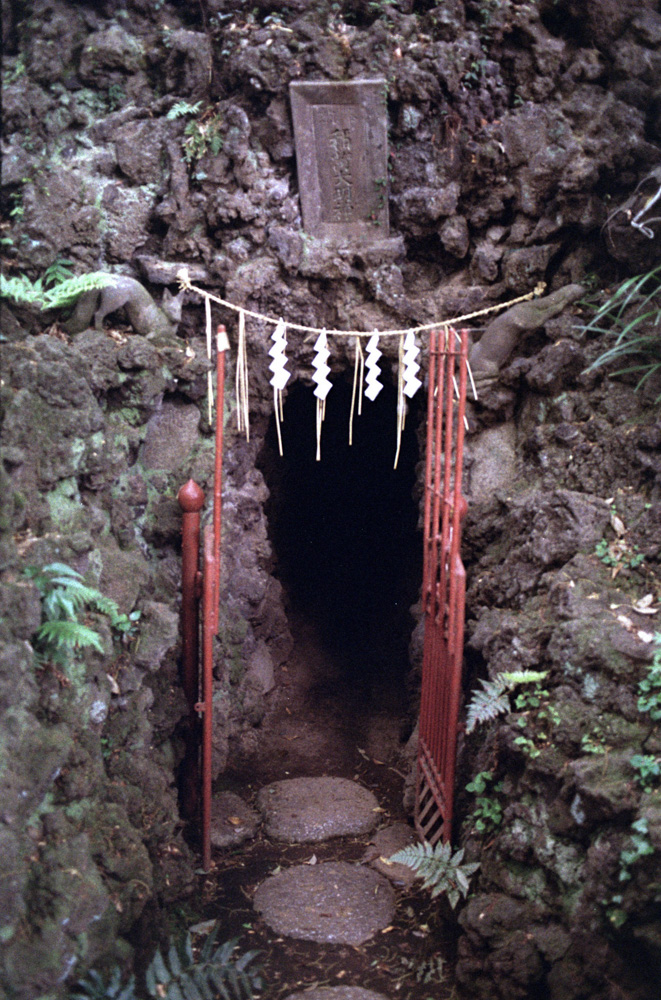
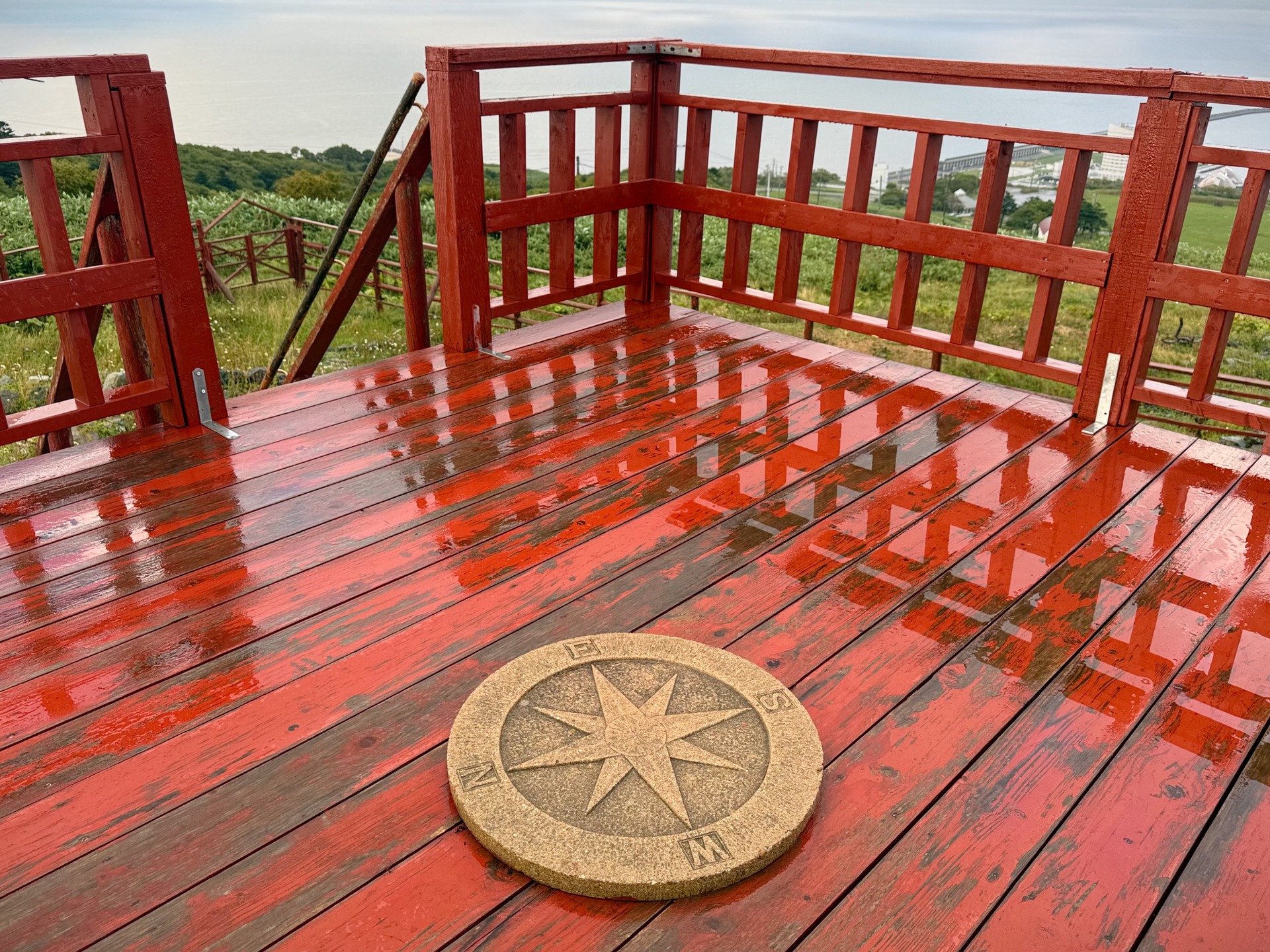
There is a fox lurking on the left above the entrance, but you need to look carefully to see it.
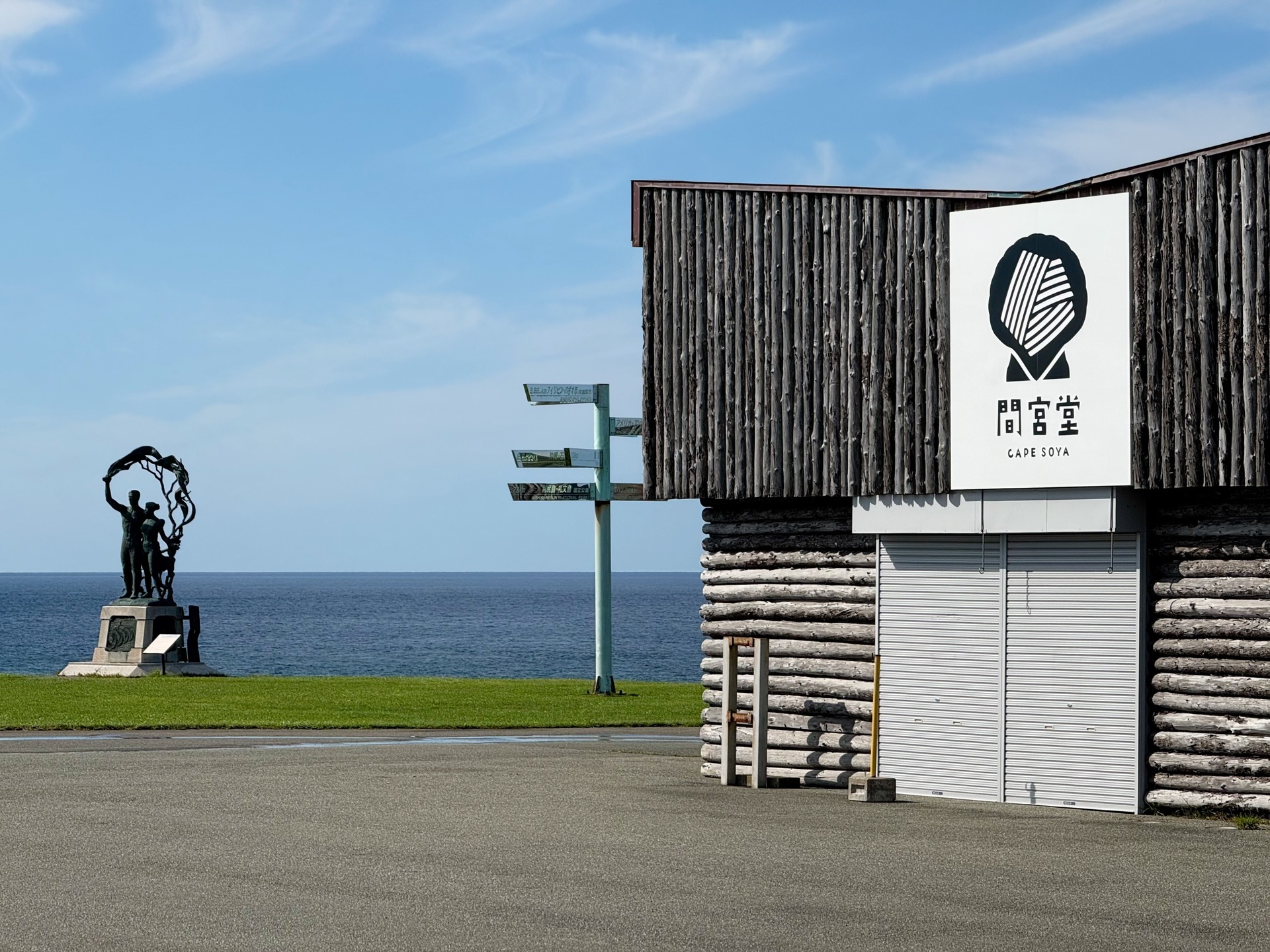
One more fox on the gate. What can all this mean?
I know you are hesitant, but we didn’t come all the way here to run away now. Let’s go inside.
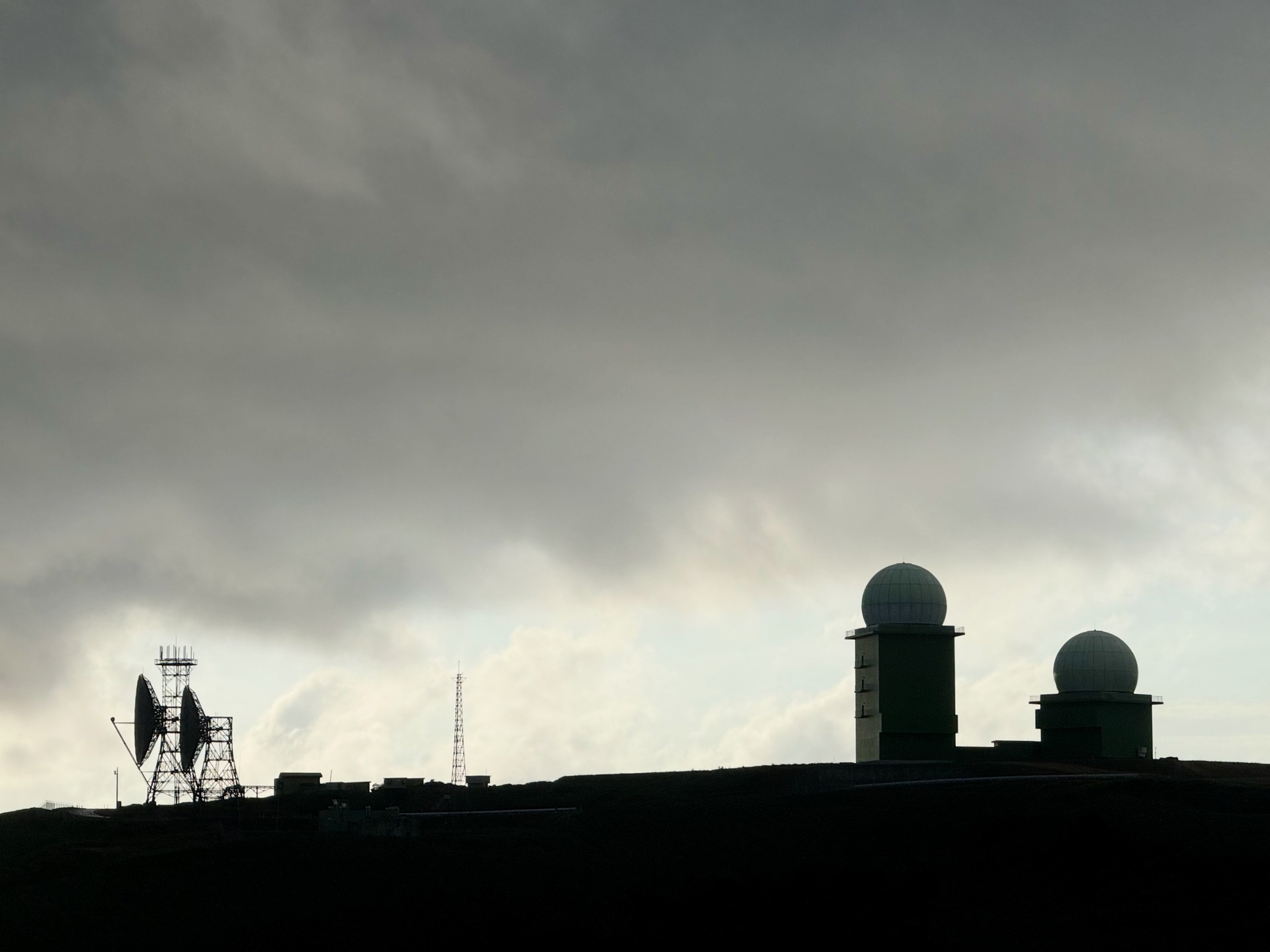
Luckily for us, there’s a sensor that turns on the light in the cave. It’s a weak light, but it’s good enough. And the flash from the camera is sure to scare away any ghosts we encounter inside. Remember to bend down if you’re over 170 cm tall.
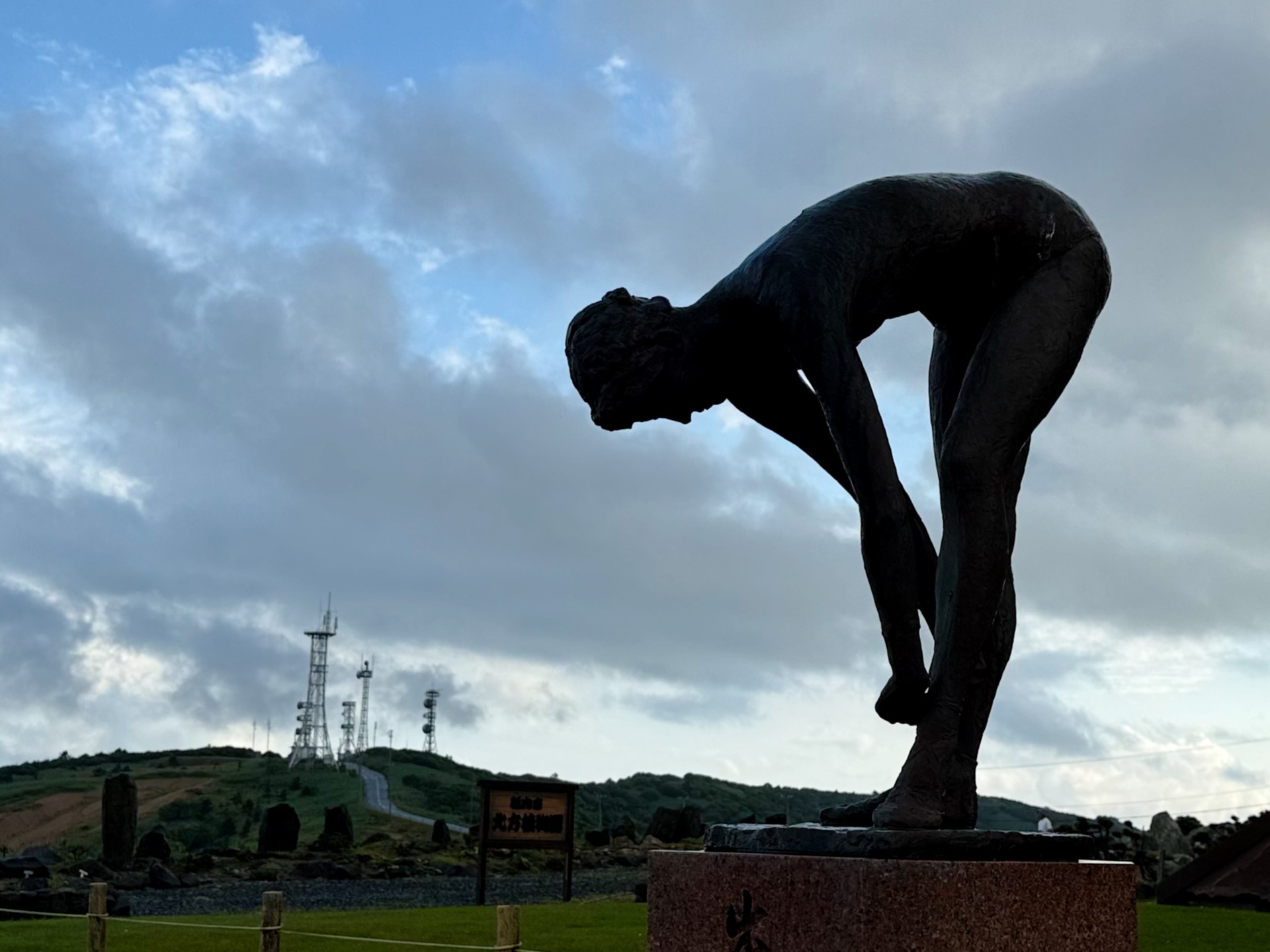
There are more foxes waiting silently on the rocks of the rugged walls.
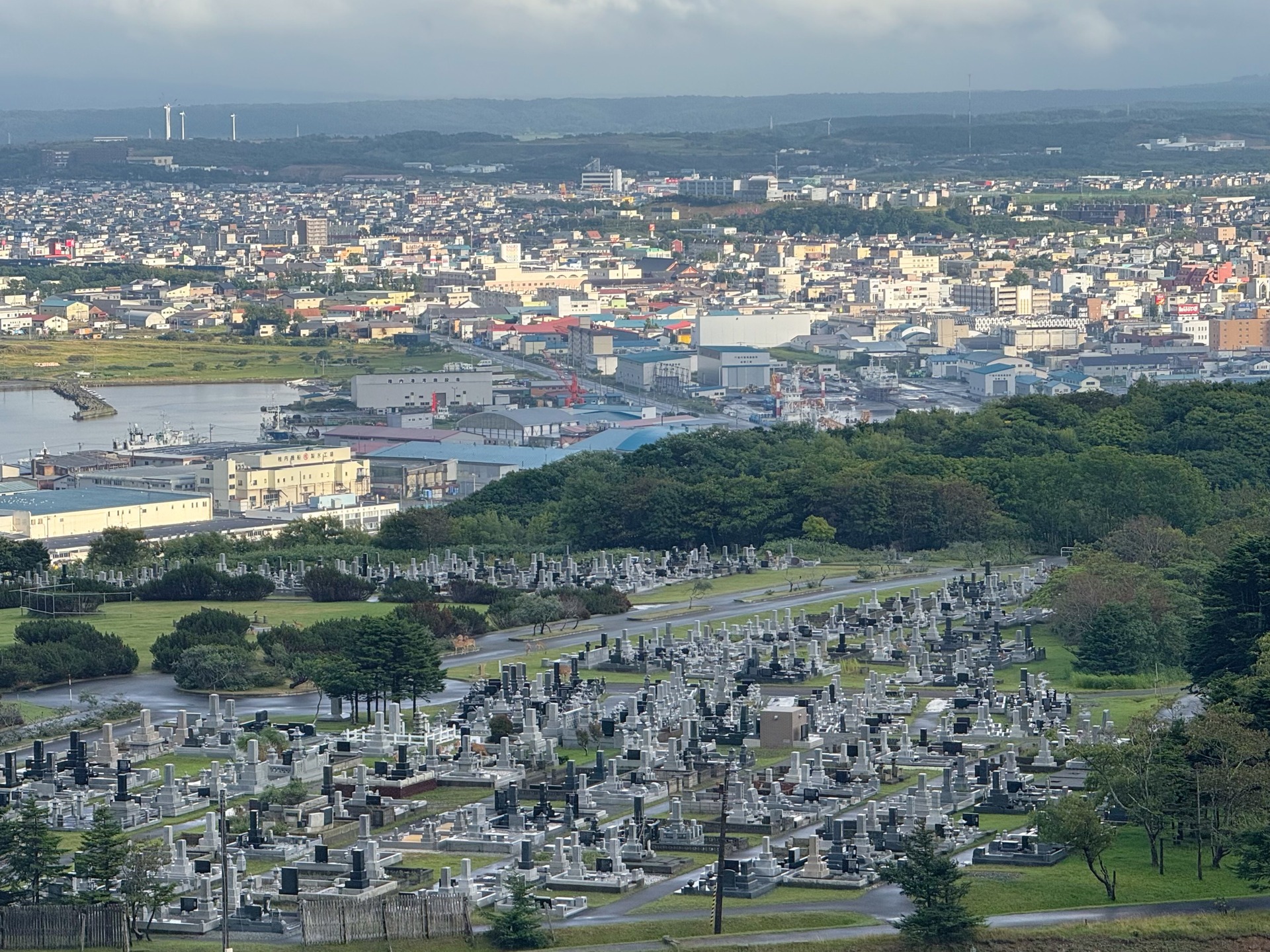
A small shrine can be found hiding in this cave.
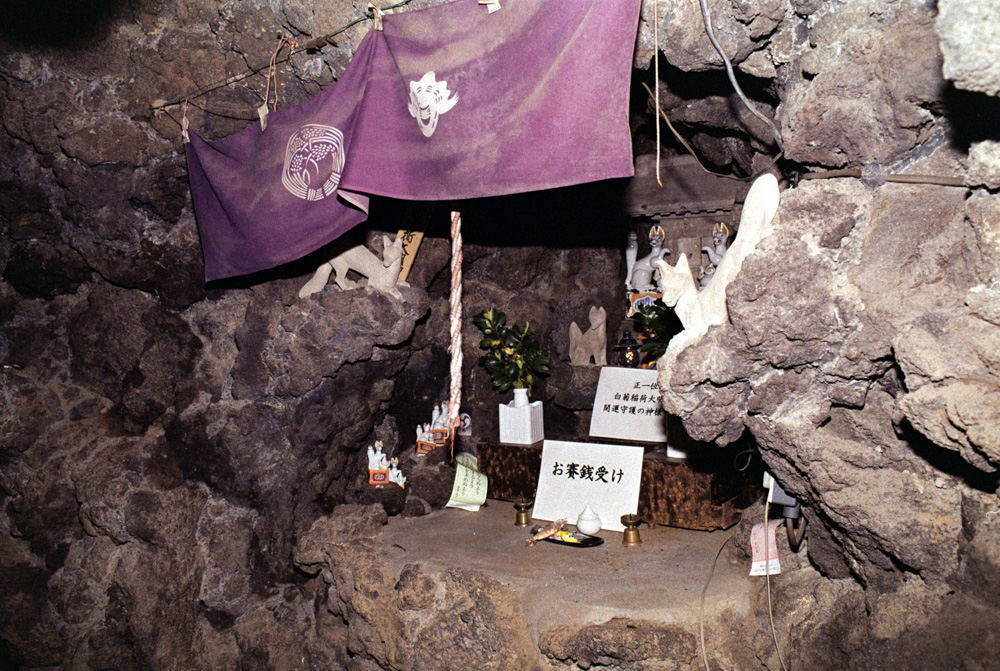
And another one!
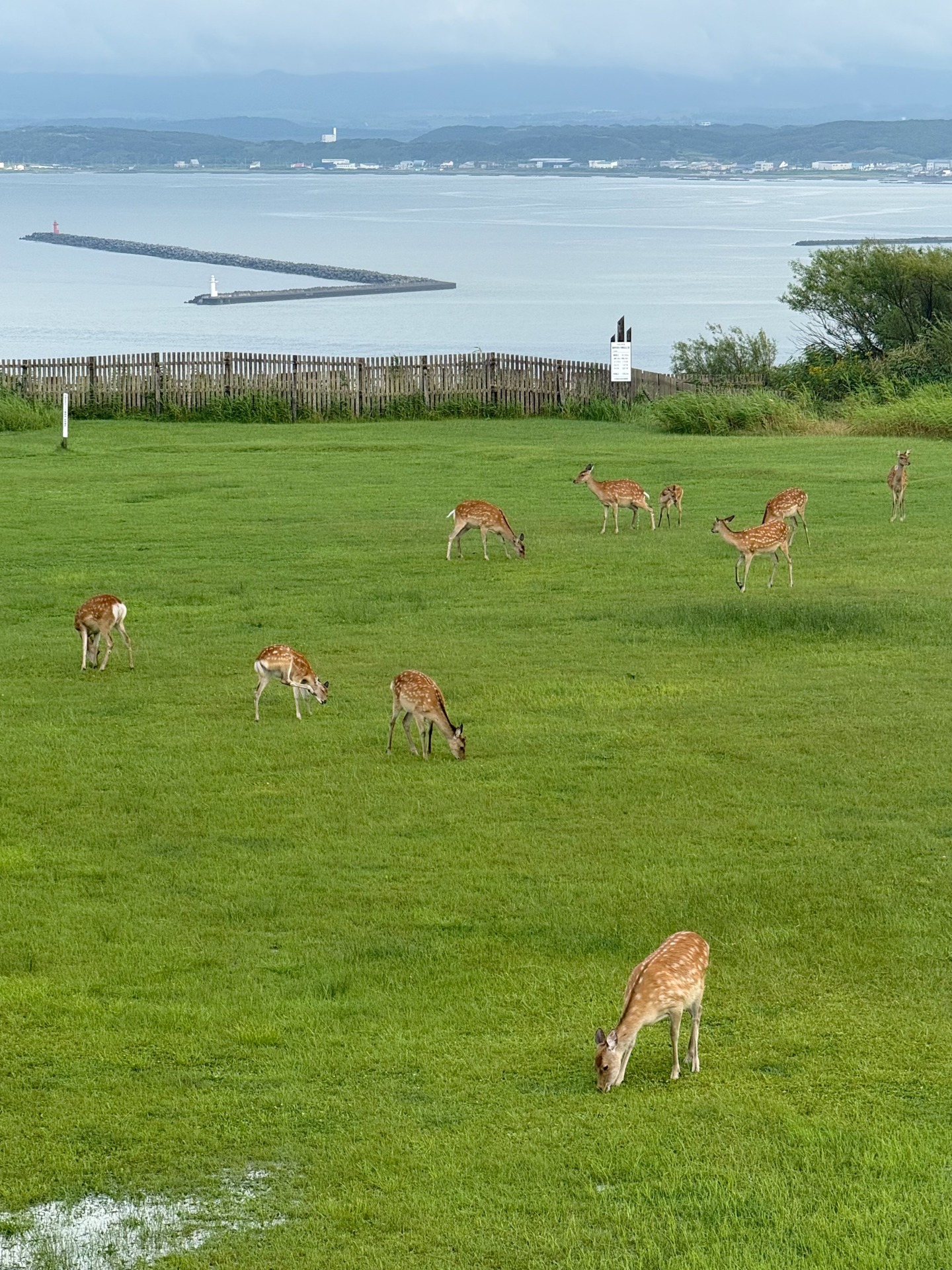

It’s complete silence here, any sound from outside is completely blocked out. Let’s continue…
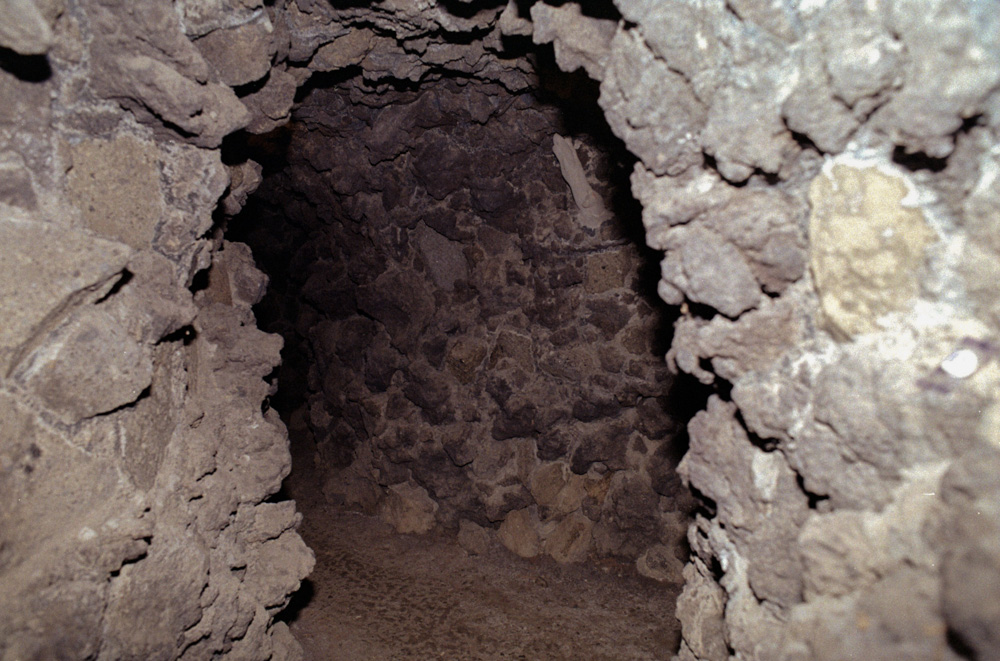
Just a little bit more. There’s light at the end of the tunnel! Quick!

And we’re outside!
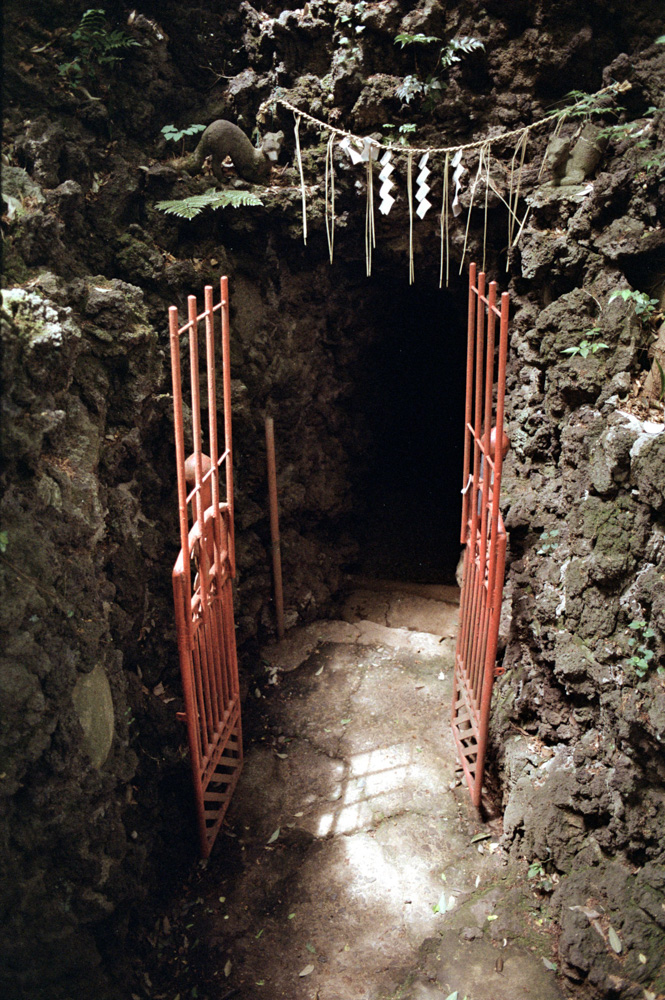
Congratulations! You have just completed the tour of the “Cave of Good Luck”.
Now that we’re safe, here is the explanation. This is an old, man-made cave, built from lava rocks that were brought here all the way from Mt. Fuji. It has two entrances, connected with a 25 meters long winding tunnel. The little statues of foxes that we saw inside are the messengers of Inari, the god of rice and the bringer of good fortune.
This cave, which is considered a so-called “power spot” that brings good luck, sits on the grounds of the Seiryuji Fudoin Temple in Wako, Saitama Prefecture.

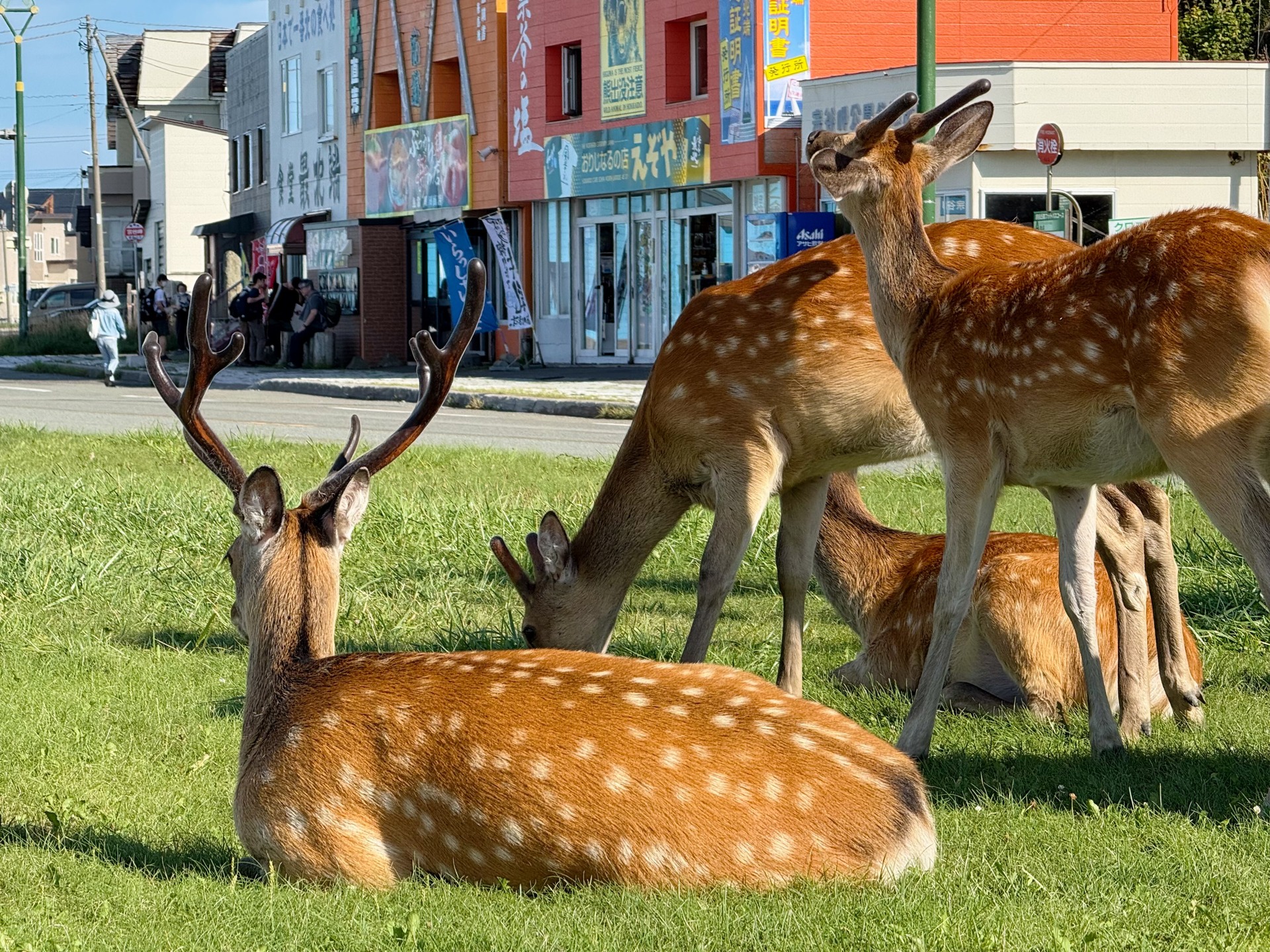
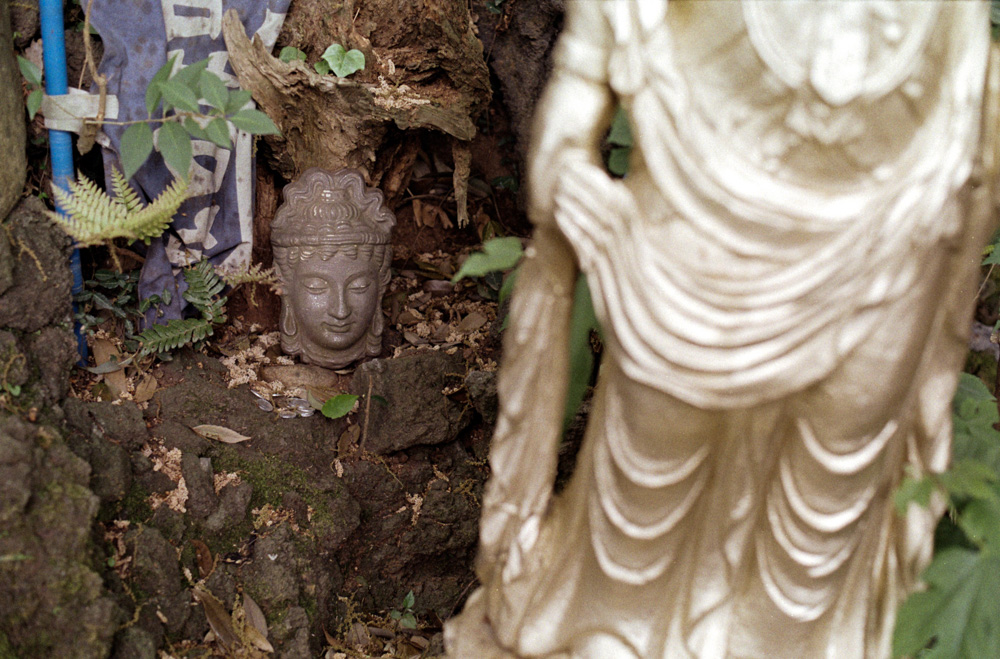
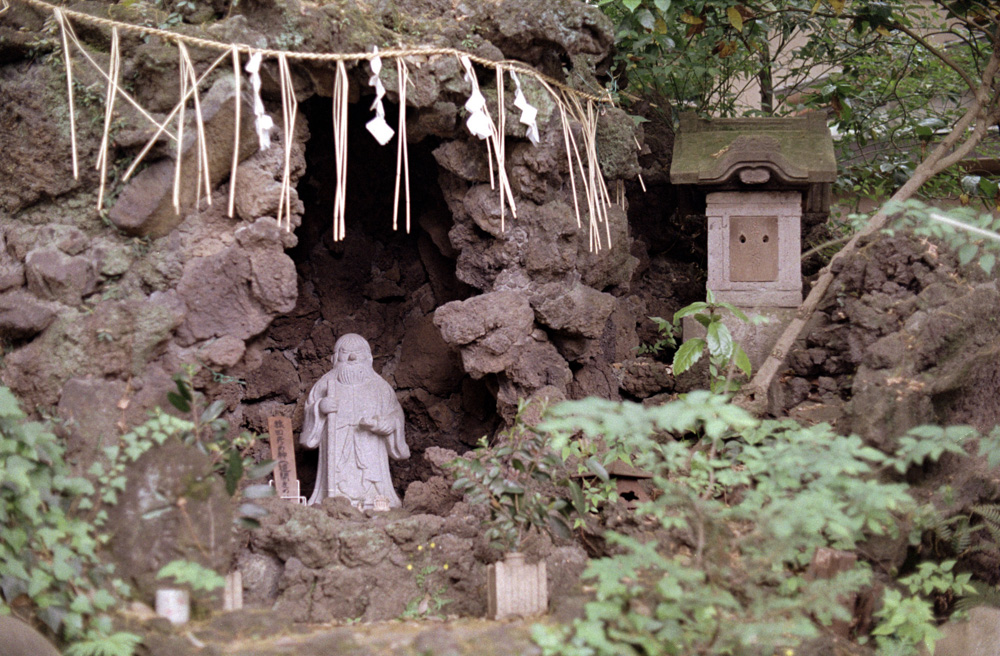
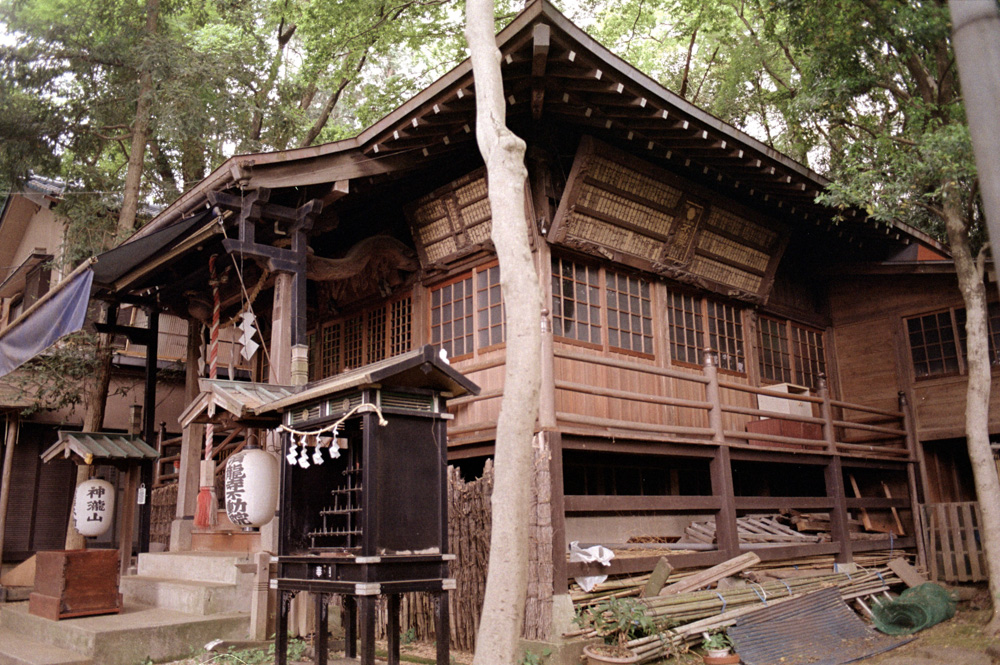
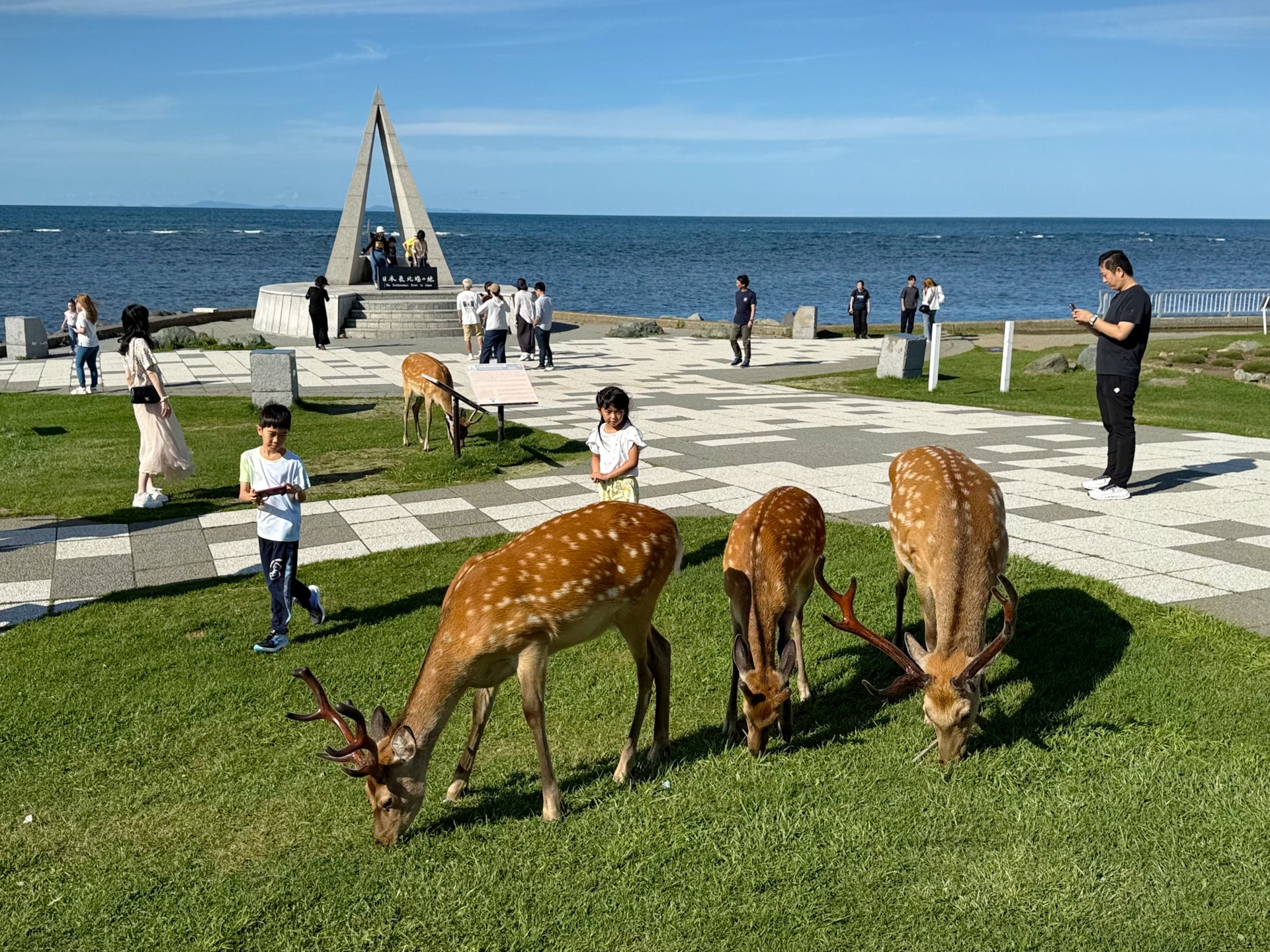
Although it was rebuilt over time, the temple has a long history — it dates back 1200 years.
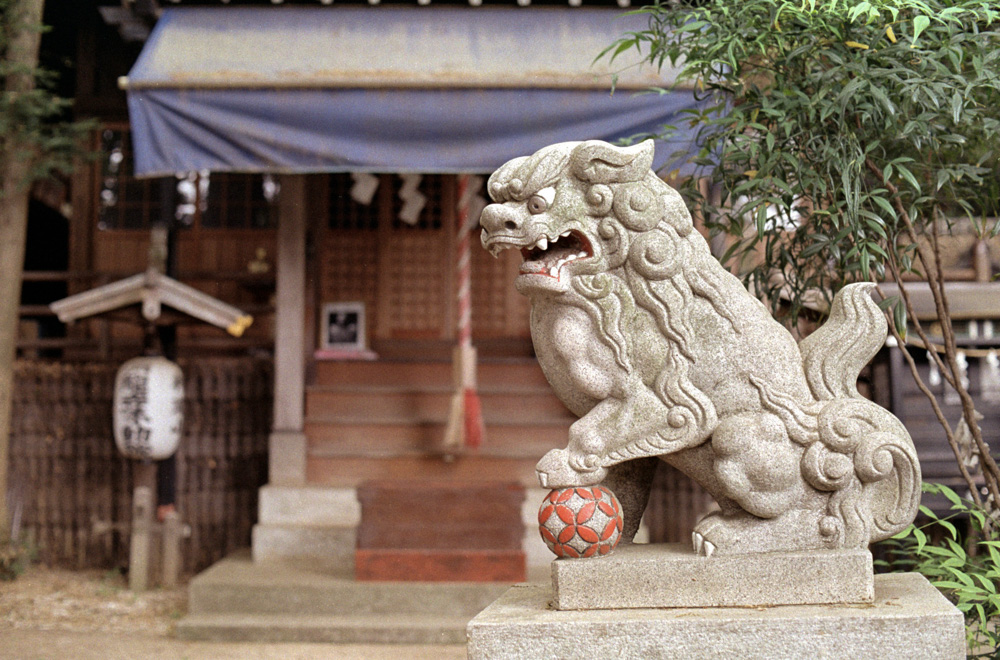
At the front, there are two photographs connected with a more recent history. The one on the right shows Nogi Maresuke, a shogun, educator, poet and a general during the Russo-Japanese War at the start of the 20th century. It is known that he practiced waterfall meditation at the Fudo Waterfall, located on the precincts, before the war. On the picture on the left is Katsura Taro who was the Prime Minister at the time of the war.
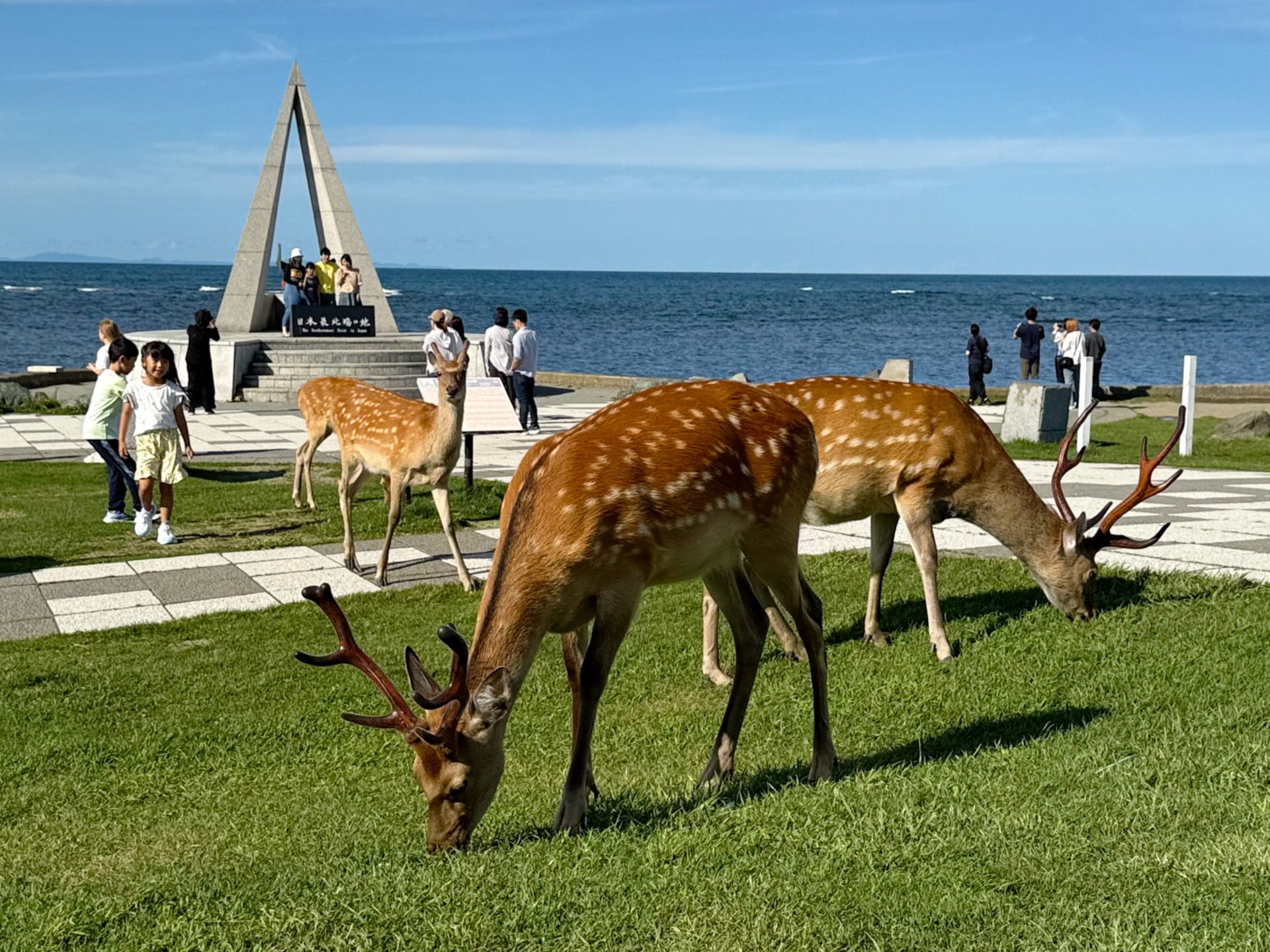
The temple is surrounded by a thick forest and can be reached by going up the steep stone stairs.
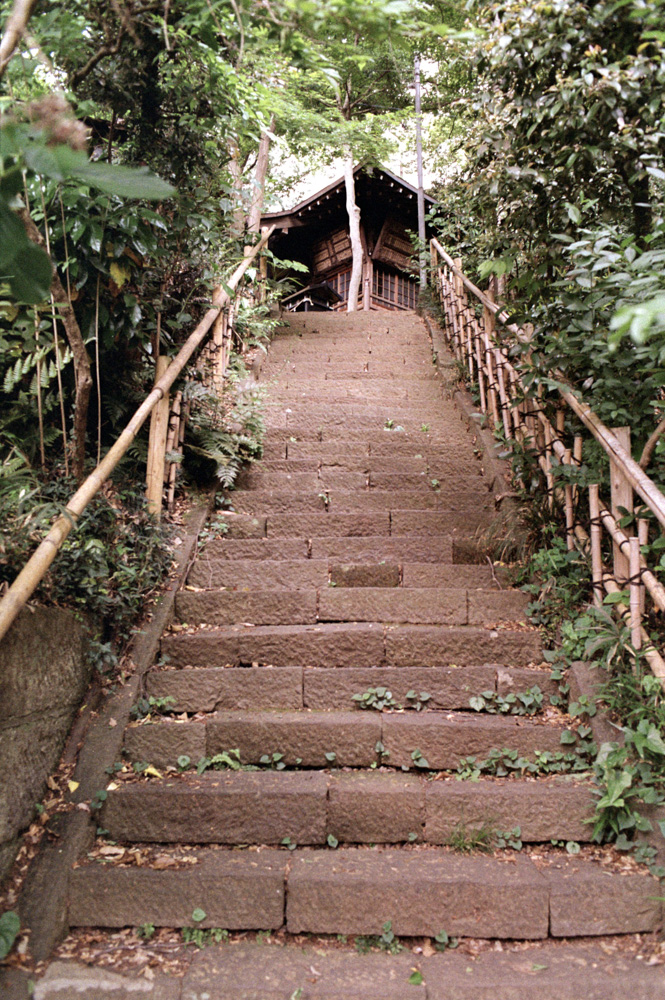
Down below, there’s another temple called Kumano…
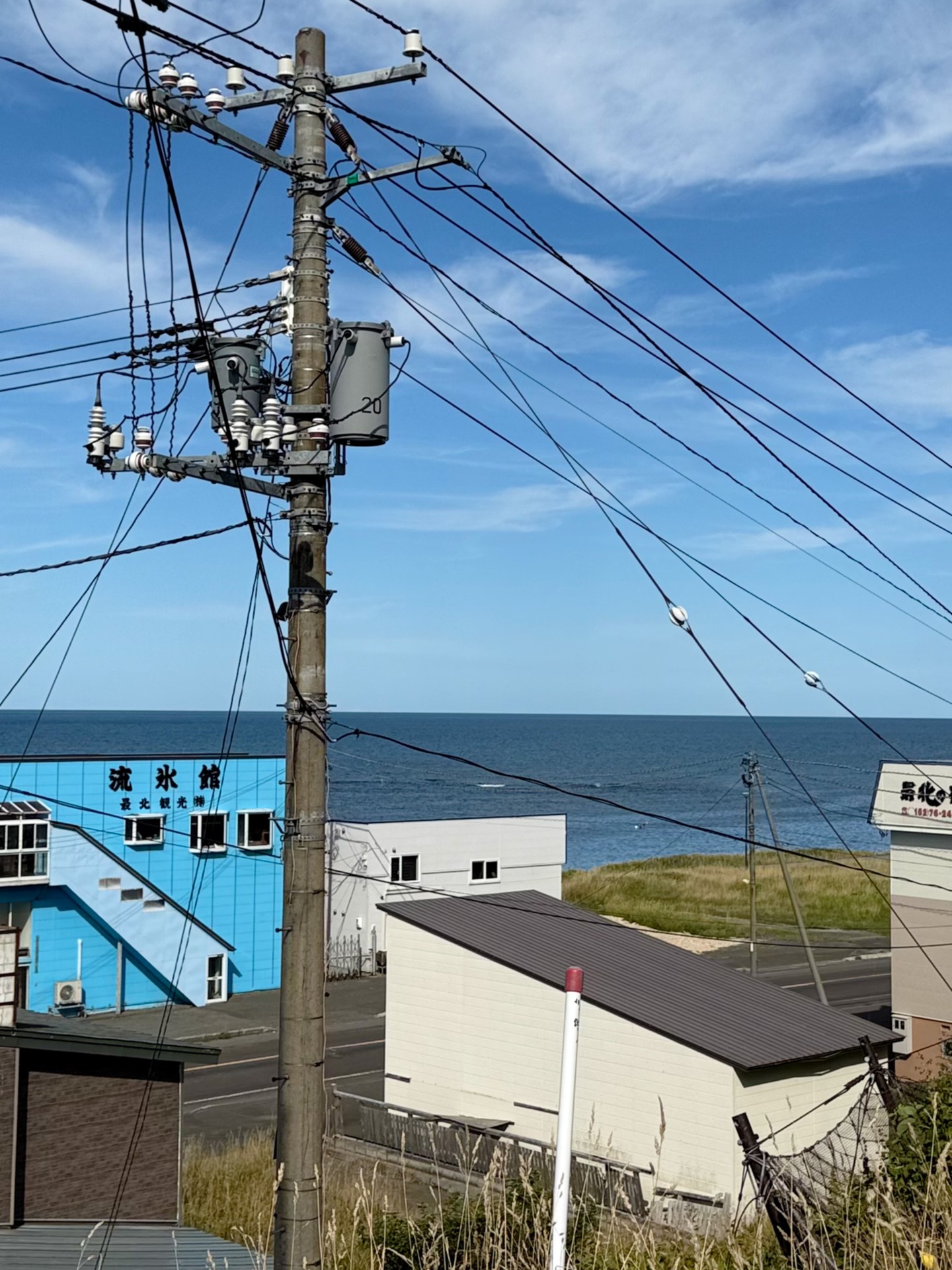
…with a pond behind it.
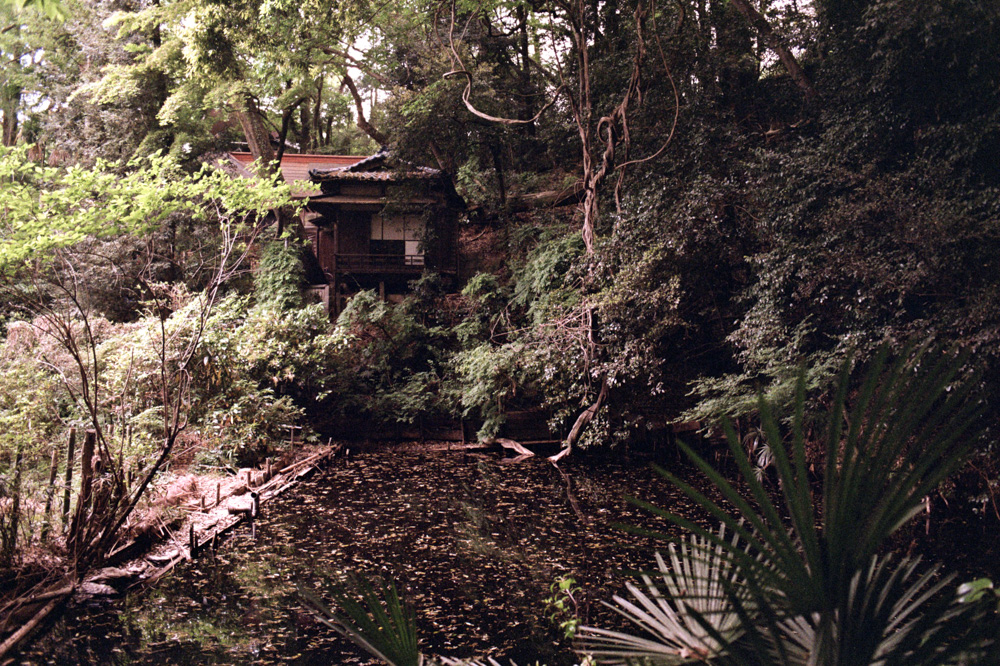
Let’s look around the area some more.
Near the Kumano temple, there is a torii gate leading up a small hill, a fujizuka named Shirako Fuji (read what is a fujizuka here).
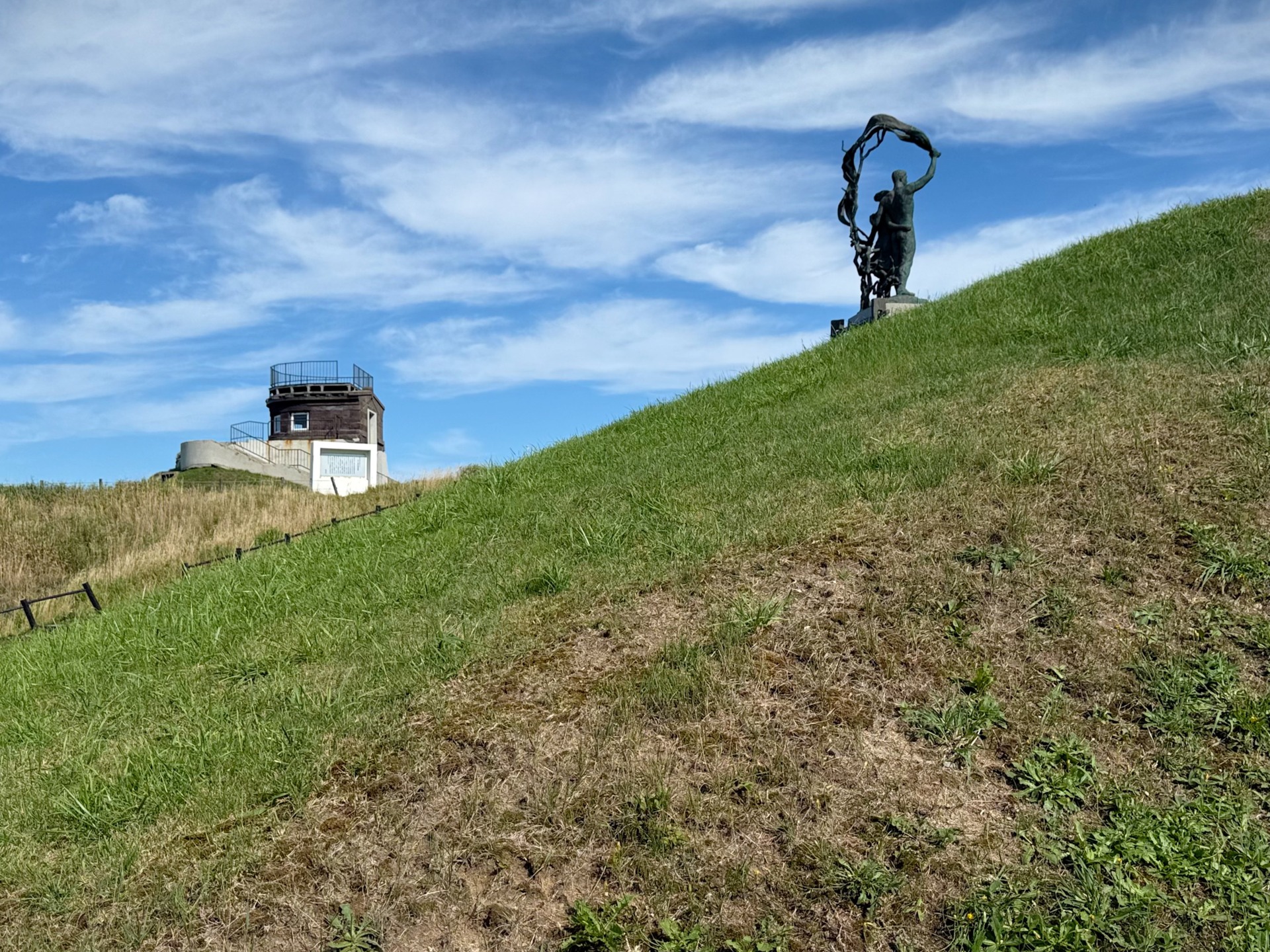
If you look carefully, you can see an engraving of a monkey on the rocks.
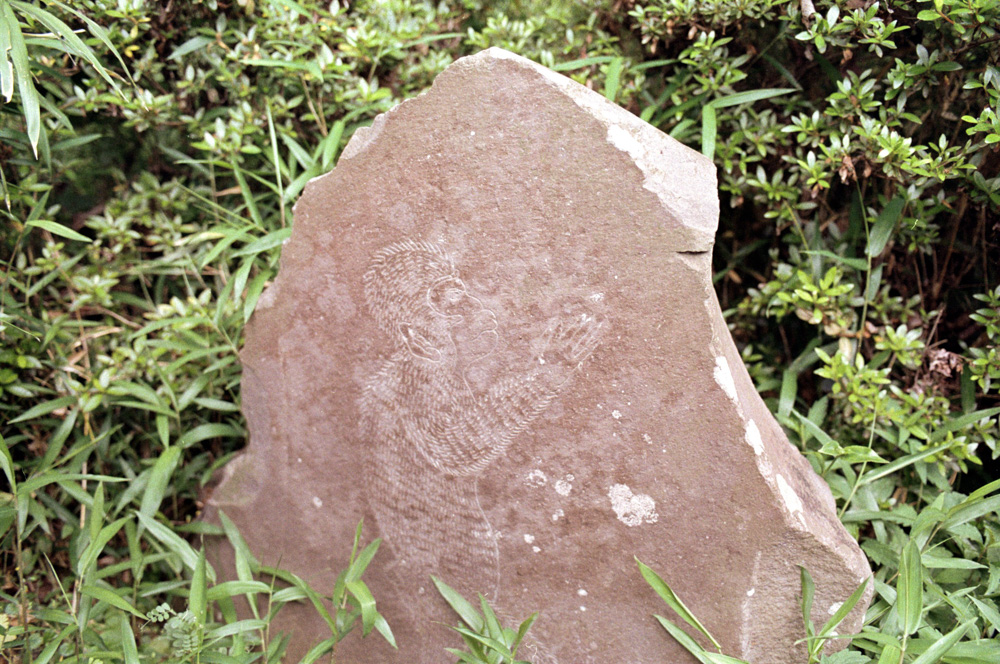
Reaching the top of the hill reveals the view of the area below. The Kumano temple is on the right, and the Seiryuji Fudoin temple (with the cave) is on the left, hidden behind the trees.
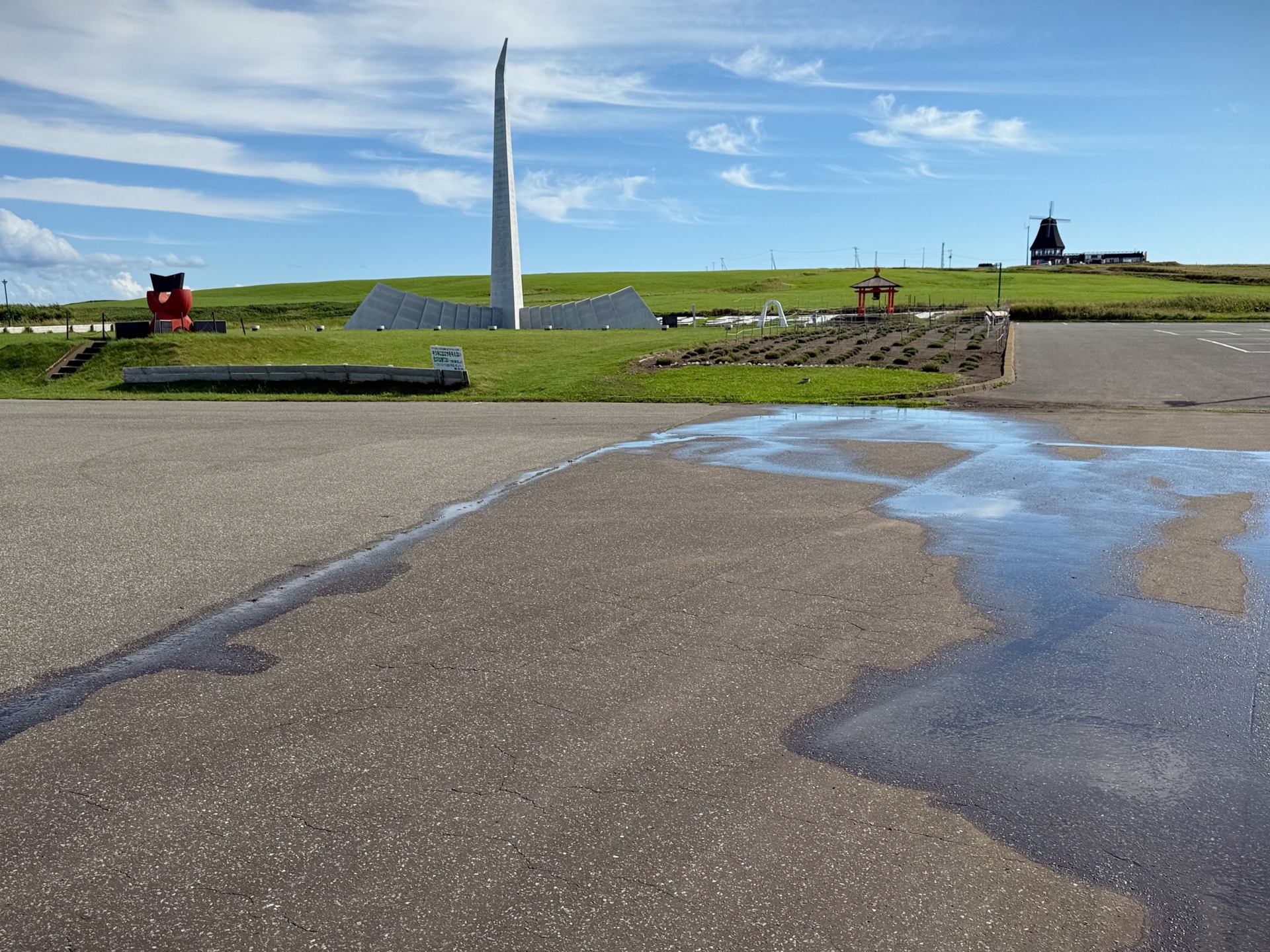
By looking at these photos, you might think this place is somewhere in the mountains or in a rural area at least, but it’s actually in a city. Here is a view from Google:
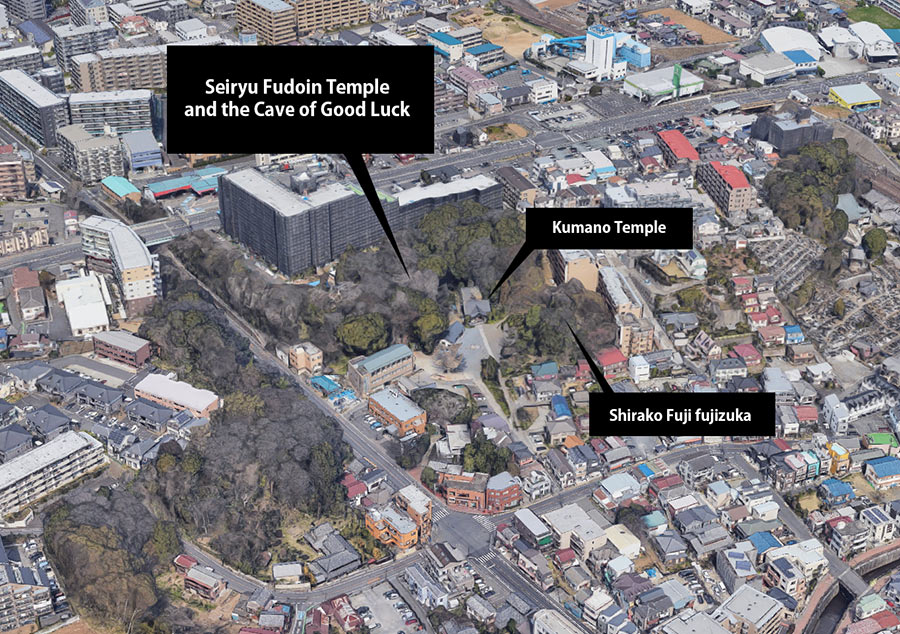
In Japan, it’s not uncommon to find unexpected things in unexpected places, just like our scary cave of good luck!
![[Photos] Autumn Colors at Kotokuji Temple](/_next/image?url=https%3A%2F%2Fsgp1.vultrobjects.com%2Fpfj-static%2F2025%2F11%2FIutHLn2g-02.webp&w=3840&q=75)
![[Site Update] Goshuin Collection](/_next/image?url=https%3A%2F%2Fsgp1.vultrobjects.com%2Fpfj-static%2F2025%2F11%2FIMG_3251.webp&w=3840&q=75)
